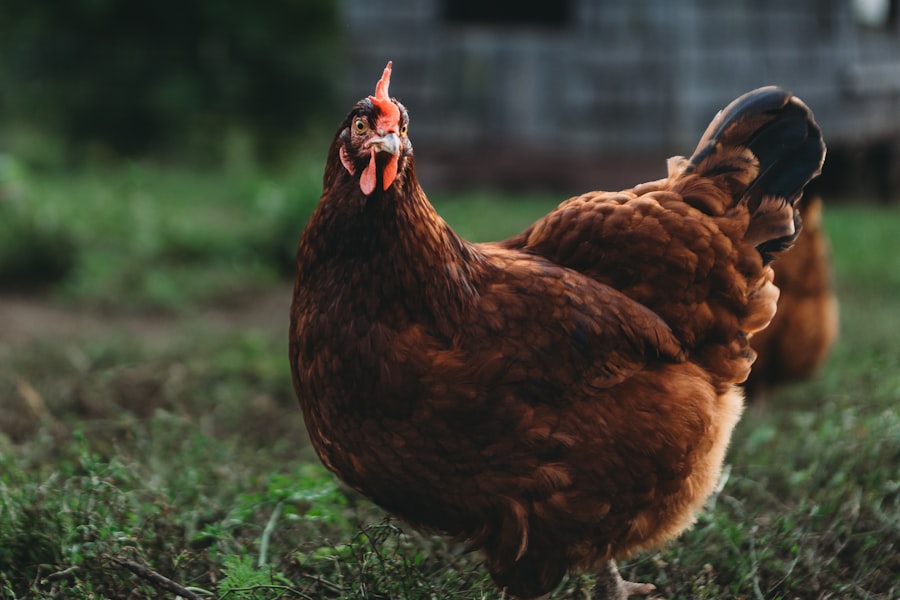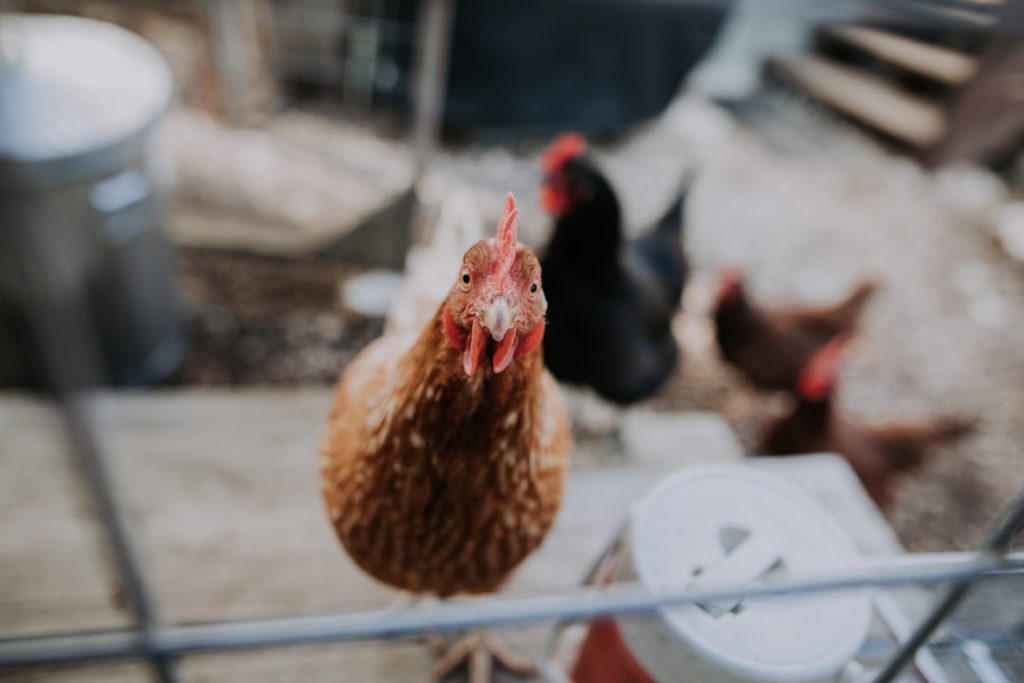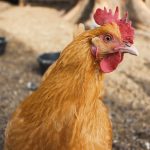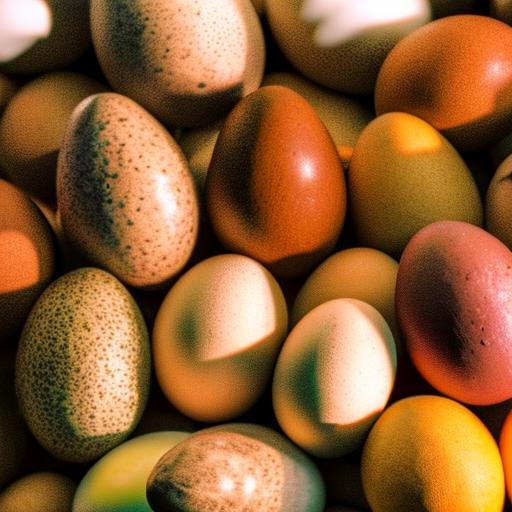Autosexing chicken breeds are a specialized group of poultry that can be accurately sexed at hatching based on their physical characteristics. This trait allows for immediate differentiation between male and female chicks, eliminating the need to wait several weeks to determine their sex, as is common with most other chicken breeds. The ability to easily sex chicks at hatching is highly valued by both commercial and backyard poultry keepers for its practicality and efficiency.
The development of autosexing chickens is the result of specific genetic traits that have been carefully selected and bred over many generations. Dedicated breeders have worked to perfect these traits, resulting in a variety of autosexing chicken breeds available today. These breeds are characterized by their unique genetic makeup, which allows for clear visual distinctions between male and female chicks immediately after hatching.
The convenience and reliability of autosexing breeds have made them increasingly popular among poultry enthusiasts and commercial operations alike. Their ability to streamline the sexing process and reduce uncertainty in flock management has contributed to their growing demand in the poultry industry.
Table of Contents
- 1 The history and development of autosexing breeds
- 2 Characteristics and traits of autosexing breeds
- 3 Popular autosexing breeds for backyard chicken keepers
- 4 Breeding and genetics of autosexing chickens
- 5 Advantages and disadvantages of autosexing breeds
- 6 Tips for raising and caring for autosexing chickens
- 7 FAQs
Key Takeaways
- Autosexing breeds of chickens are breeds that can be easily sexed at hatching based on their physical appearance.
- Autosexing breeds were developed through selective breeding to create distinct visual differences between male and female chicks.
- Autosexing breeds typically have specific color patterns or markings that allow for easy identification of gender at hatching.
- Popular autosexing breeds for backyard chicken keepers include the Cream Legbar, Rhodebar, and Barnevelder.
- Breeding and genetics of autosexing chickens require careful selection and understanding of the specific traits that indicate gender.
The history and development of autosexing breeds
The Breakthrough in Poultry Industry
The development of autosexing breeds was a significant breakthrough in the poultry industry, as it provided a practical solution to the age-old problem of determining the sex of chicks without having to wait several weeks. This innovation revolutionized the way chickens were bred and raised, and it quickly gained popularity among poultry enthusiasts.
The Science Behind Autosexing Breeds
The development of autosexing breeds involved careful selection and breeding of specific genetic traits that would result in clear visual differences between male and female chicks. This required a great deal of patience, dedication, and expertise on the part of poultry breeders, who worked tirelessly to refine and perfect the genetic makeup of these unique chicken breeds.
A Testament to Ingenuity and Perseverance
Over time, several autosexing breeds were successfully developed, each with its own distinct characteristics and traits that made them highly sought after by chicken keepers around the world. The history of autosexing breeds is a testament to the ingenuity and perseverance of poultry breeders who have made significant contributions to the advancement of poultry genetics.
Characteristics and traits of autosexing breeds

Autosexing chicken breeds are known for their distinct physical characteristics that allow for easy differentiation between male and female chicks at hatching. These breeds often exhibit specific color patterns or markings that are unique to each sex, making it possible to identify them with a high degree of accuracy. For example, some autosexing breeds may have different colored down feathers or markings on their heads or wings that clearly indicate their sex.
These visual cues are the result of carefully selected genetic traits that have been bred into these chicken breeds over many generations. In addition to their autosexing capabilities, many autosexing chicken breeds also possess other desirable traits that make them popular choices for backyard chicken keepers. These breeds are often known for their friendly and docile temperaments, making them easy to handle and care for.
They also tend to be good layers, producing a consistent supply of eggs throughout the year. Furthermore, autosexing breeds come in a variety of sizes and colors, offering a wide range of options for poultry enthusiasts who are looking to add diversity to their flocks. Overall, autosexing chicken breeds are prized for their unique combination of practicality, functionality, and aesthetic appeal.
Popular autosexing breeds for backyard chicken keepers
There are several popular autosexing chicken breeds that are favored by backyard chicken keepers for their practicality and convenience. One such breed is the Cream Legbar, which is known for its distinctive crested head and autosexing capabilities. Cream Legbars lay blue eggs and are prized for their friendly disposition, making them a popular choice for families and novice chicken keepers.
Another popular autosexing breed is the Rhodebar, which is a cross between a Rhode Island Red and a Barred Plymouth Rock. Rhodebars are known for their excellent egg-laying abilities and striking plumage, making them a valuable addition to any backyard flock. The Barnevelder is another popular autosexing breed that originated in the Netherlands.
Known for its beautiful double-laced plumage and dark brown eggs, Barnevelders are prized for their hardiness and adaptability to various climates. Additionally, the Cambar is a popular autosexing breed that is a cross between a Barred Plymouth Rock and a Cambarsilver. Cambar chickens are known for their excellent egg production and calm temperament, making them an ideal choice for backyard chicken keepers who are looking for low-maintenance and productive birds.
These popular autosexing breeds offer a wide range of options for poultry enthusiasts who are seeking practicality, functionality, and aesthetic appeal in their flocks.
Breeding and genetics of autosexing chickens
The breeding and genetics of autosexing chickens involve careful selection and manipulation of specific genetic traits that result in clear visual differences between male and female chicks. This often requires the use of specific breeding programs that have been developed over many years to refine and perfect the genetic makeup of these unique chicken breeds. Autosexing chickens are typically the result of crosses between two distinct parent breeds, each with its own set of desirable traits that are passed down to the offspring.
Through selective breeding, poultry breeders have been able to create autosexing chicken breeds with consistent and reliable autosexing capabilities. The genetics of autosexing chickens are complex and involve the inheritance of specific sex-linked traits that determine the physical appearance of male and female chicks. These traits are often linked to specific genes that are passed down from the parent breeds to the offspring in predictable patterns.
By understanding these genetic principles, poultry breeders are able to manipulate the inheritance of these traits to produce autosexing chickens with high levels of accuracy. This requires a deep understanding of poultry genetics and a keen eye for selecting breeding stock with the desired traits, as well as careful management of breeding programs to maintain the integrity of these unique genetic lines.
Advantages and disadvantages of autosexing breeds

Efficient Flock Management
One of the primary advantages of autosexing breeds is the ability to easily determine the sex of chicks at hatching, eliminating the need to wait several weeks for sexing. This practicality saves time and resources, making it easier to manage poultry flocks more efficiently.
Desirable Traits
Autosexing breeds often possess other desirable traits such as good egg production, friendly temperaments, and attractive plumage, making them valuable additions to any flock. Furthermore, the unique genetic makeup of autosexing breeds makes them highly sought after by poultry enthusiasts who appreciate their functionality and aesthetic appeal.
Challenges and Limitations
However, there are also some disadvantages associated with autosexing breeds. One potential drawback is the limited availability of certain autosexing breeds, as they may not be as widely distributed as other more common chicken breeds. This can make it more challenging to acquire breeding stock or replacement birds for existing flocks. Additionally, because autosexing breeds often result from specific crosses between two distinct parent breeds, there may be some variability in the offspring in terms of certain traits such as size or coloration. This can make it more difficult to maintain consistent genetic lines within these breeds, requiring careful management and selection of breeding stock to preserve their unique characteristics.
Tips for raising and caring for autosexing chickens
Raising and caring for autosexing chickens requires attention to their specific needs and characteristics to ensure their health and well-being. Providing a suitable living environment with adequate space, shelter, and protection from predators is essential for all chicken breeds, including autosexing varieties. Additionally, providing a balanced diet with access to fresh water, quality feed, and supplemental treats will help maintain the overall health and productivity of autosexing chickens.
Regular health checks and preventative measures such as vaccinations can help prevent common poultry diseases and ensure a thriving flock. Furthermore, handling autosexing chickens with care and respect will help foster positive relationships with these birds, leading to more docile behavior and easier management. Regular interaction with chickens can also help monitor their health and behavior, allowing for early detection of any potential issues or concerns.
Additionally, providing opportunities for exercise and enrichment through access to outdoor areas or suitable toys can help keep autosexing chickens active and engaged. Overall, raising and caring for autosexing chickens requires attention to their specific needs as well as regular monitoring and proactive management to ensure their well-being within a backyard flock.
If you’re interested in learning more about different breeds of chickens, you might want to check out this article on autosexing breeds of chickens. Autosexing breeds are unique in that you can determine the sex of the chicks at hatching based on their appearance. This article provides valuable information on the characteristics of autosexing breeds and how to identify them. It’s a great resource for anyone looking to add these special chickens to their flock. (source)
FAQs
What are autosexing breeds of chickens?
Autosexing breeds of chickens are breeds that can be easily sexed at hatching based on their physical appearance. This means that male and female chicks have distinct and easily recognizable differences in color or markings.
How are autosexing breeds of chickens different from other breeds?
Unlike other breeds of chickens, autosexing breeds have specific physical characteristics that allow for easy identification of the sex of the chicks at hatching. This makes them popular among poultry breeders and hobbyists.
What are some examples of autosexing breeds of chickens?
Some examples of autosexing breeds of chickens include the Cream Legbar, Rhodebar, and Barnevelder. These breeds have distinct color patterns or markings that make it easy to differentiate between male and female chicks.
Why are autosexing breeds of chickens popular?
Autosexing breeds of chickens are popular because they save time and effort in
Meet Walter, the feathered-friend fanatic of Florida! Nestled in the sunshine state, Walter struts through life with his feathered companions, clucking his way to happiness. With a coop that’s fancier than a five-star hotel, he’s the Don Juan of the chicken world. When he’s not teaching his hens to do the cha-cha, you’ll find him in a heated debate with his prized rooster, Sir Clucks-a-Lot. Walter’s poultry passion is no yolk; he’s the sunny-side-up guy you never knew you needed in your flock of friends!







